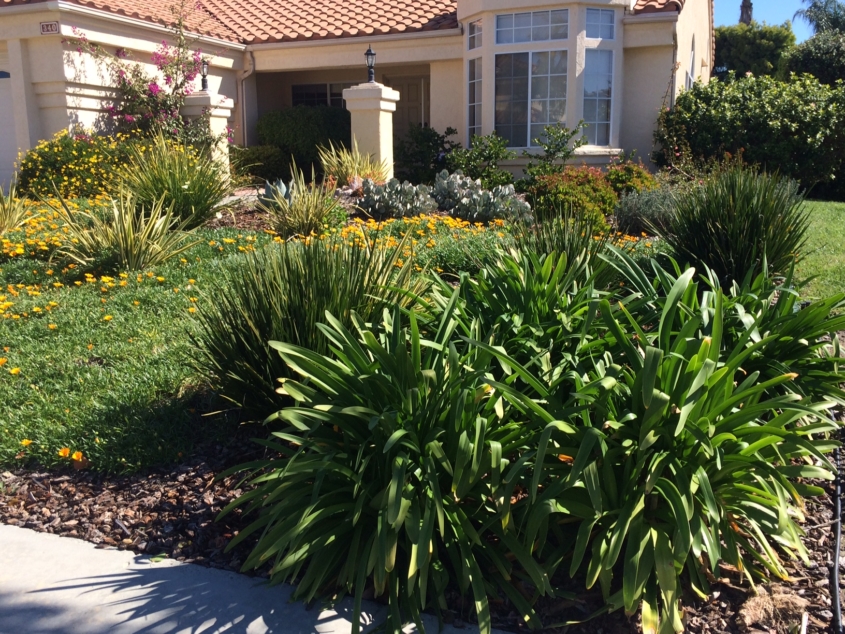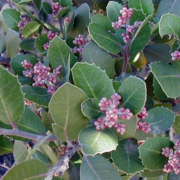Landscaping plants have different water needs. The water requirement of each plant in your landscaping can be determined by gathering information about the plant and then comparing it to the amount of water needed by the cool-season grass growing in your climate zone.
Take a tip from landscaping professionals. They use a resource called the Water Use Classification of Landscape Species to classify plants according to their water requirements, called Plant Factors.
These water requirements divide plant species into four categories: Very Low, Low, Moderate, and High.
When you are selecting plants for your landscaping, use the classification to choose low water use plants for your landscaping. You can also use it to group a handful of higher water use plants together if you want to indulge in a few favorites.
When you have decided on your plant palette and placement, you can now figure out the water use of your entire landscape area. This will help you plan out your artificial irrigation.
Factor in watering requirements

Determine water use before choosing plants for your new sustainable landscaping. Photo: San Diego County Water Authority
Watering needs for landscape plants use a measuring stick based on cool-season turf. It’s because cool-season turf is extremely thirsty.
When you replace turf areas with climate-appropriate plants that use less water and irrigate them with more efficient systems, you can conserve a tremendous amount of water. You don’t need to turn your landscaping into a dry and dusty area to do it.
High Plant Factor: Plants needing 60 to 100 percent of the water needed for a grass lawn (PF of 0.6 – 1.)
Moderate Plant Factor: Plants needing 30 to 60 percent of the water needed for a grass lawn (PF of 0.3 – 0.6)
Low Plant Factor: Plants needing 10 to 30 percent of the water needed for a grass lawn (PF of 0.1 – 0.3)
Very Low Plant Factor: Plants needing 10 percent or less of the water needed for a grass lawn (PF of less than 0.1)
Irrigate More Efficiently By Grouping Plants
According to the San Diego County Water Authority’s Sustainable Landscaping guidebook, plant selections are colored-coded to identify their water needs under this system. It gives you an easy way to group plants by their water requirements in your new landscaping, so you can irrigate them more efficiently.
This article is part of a year-long series inspired by the 71-page Sustainable Landscapes Program guidebook. The Water Authority and its partners also offer other great resources for landscaping upgrades, including free WaterSmart classes at WaterSmartSD.org.




